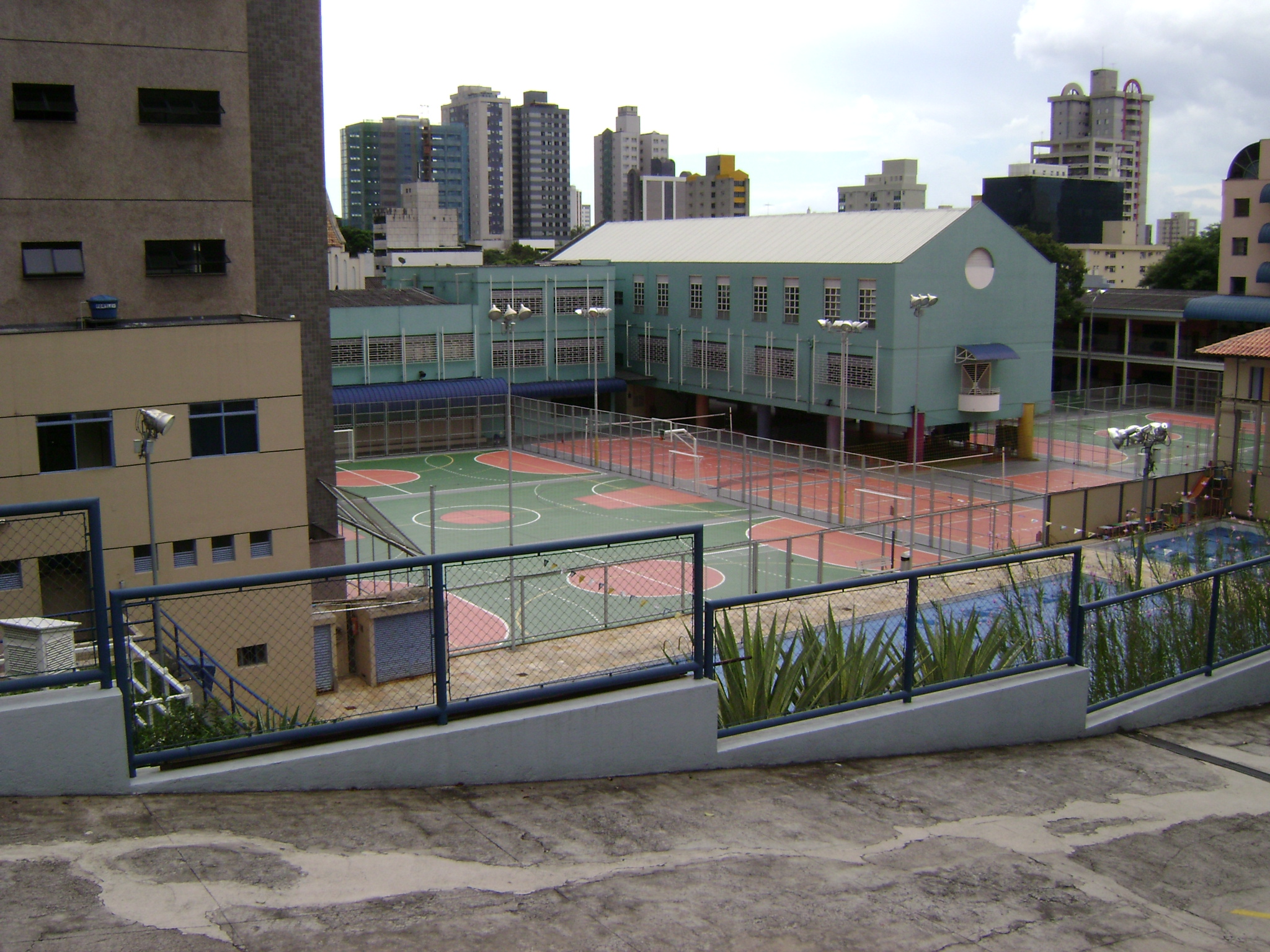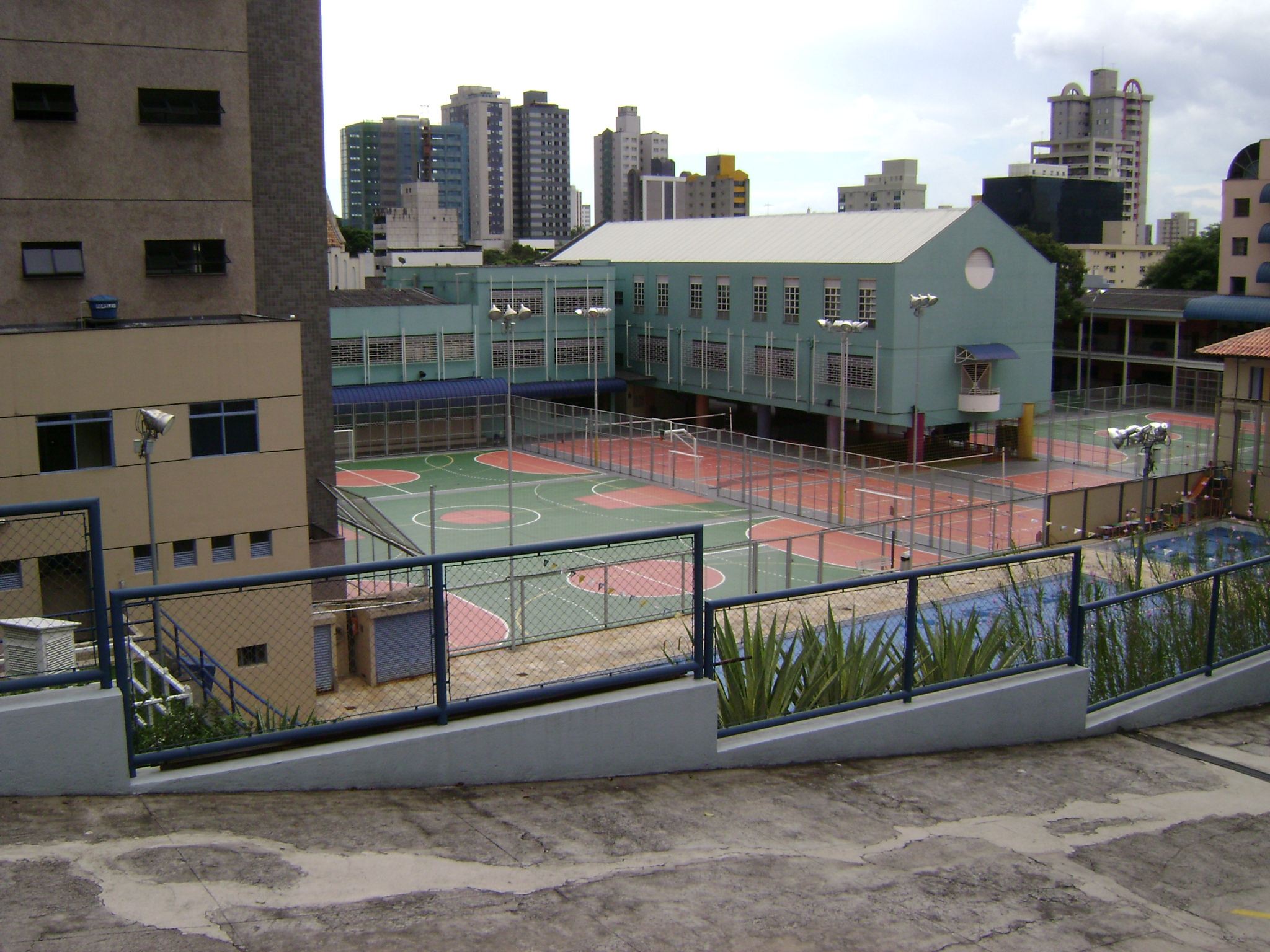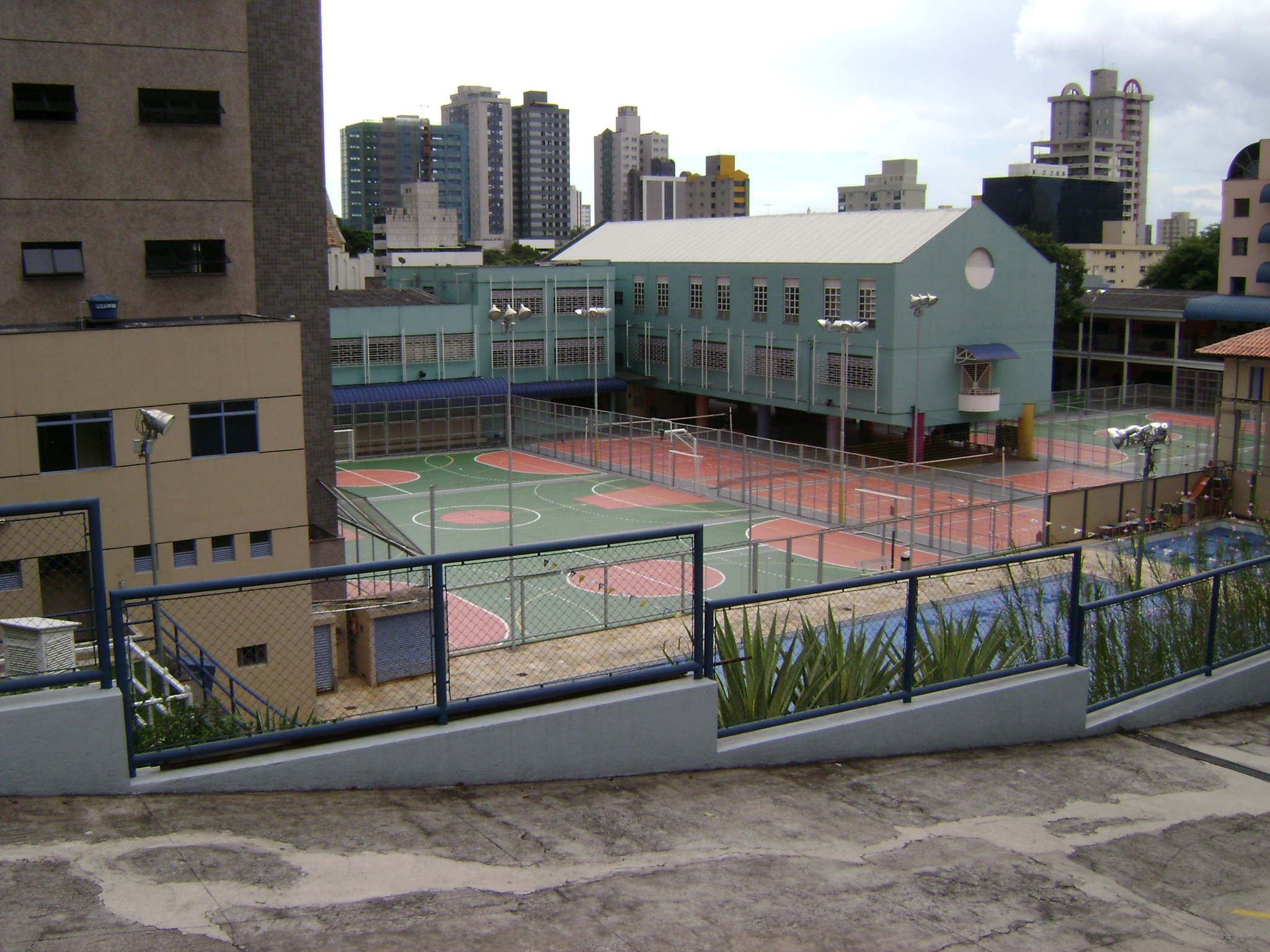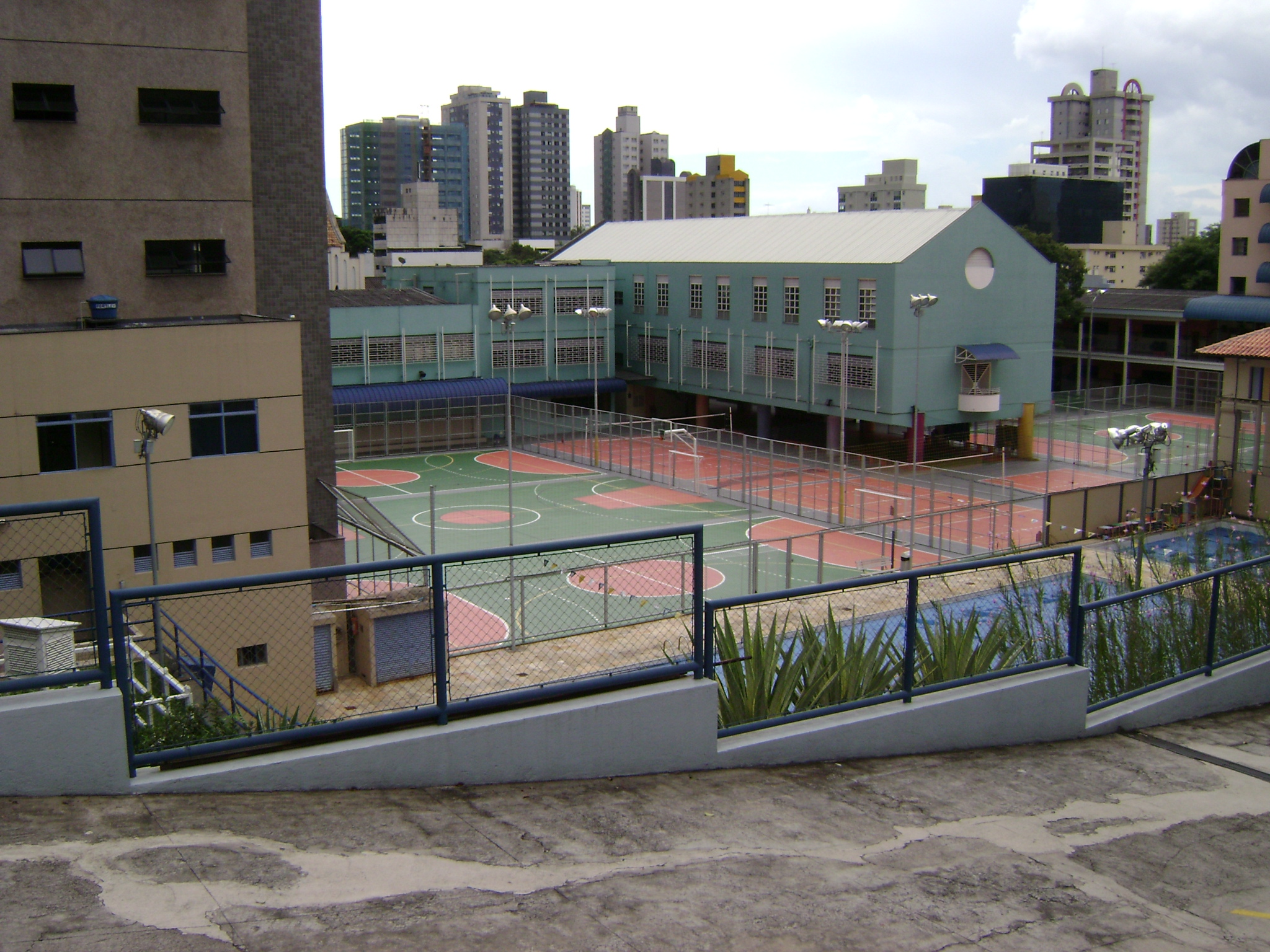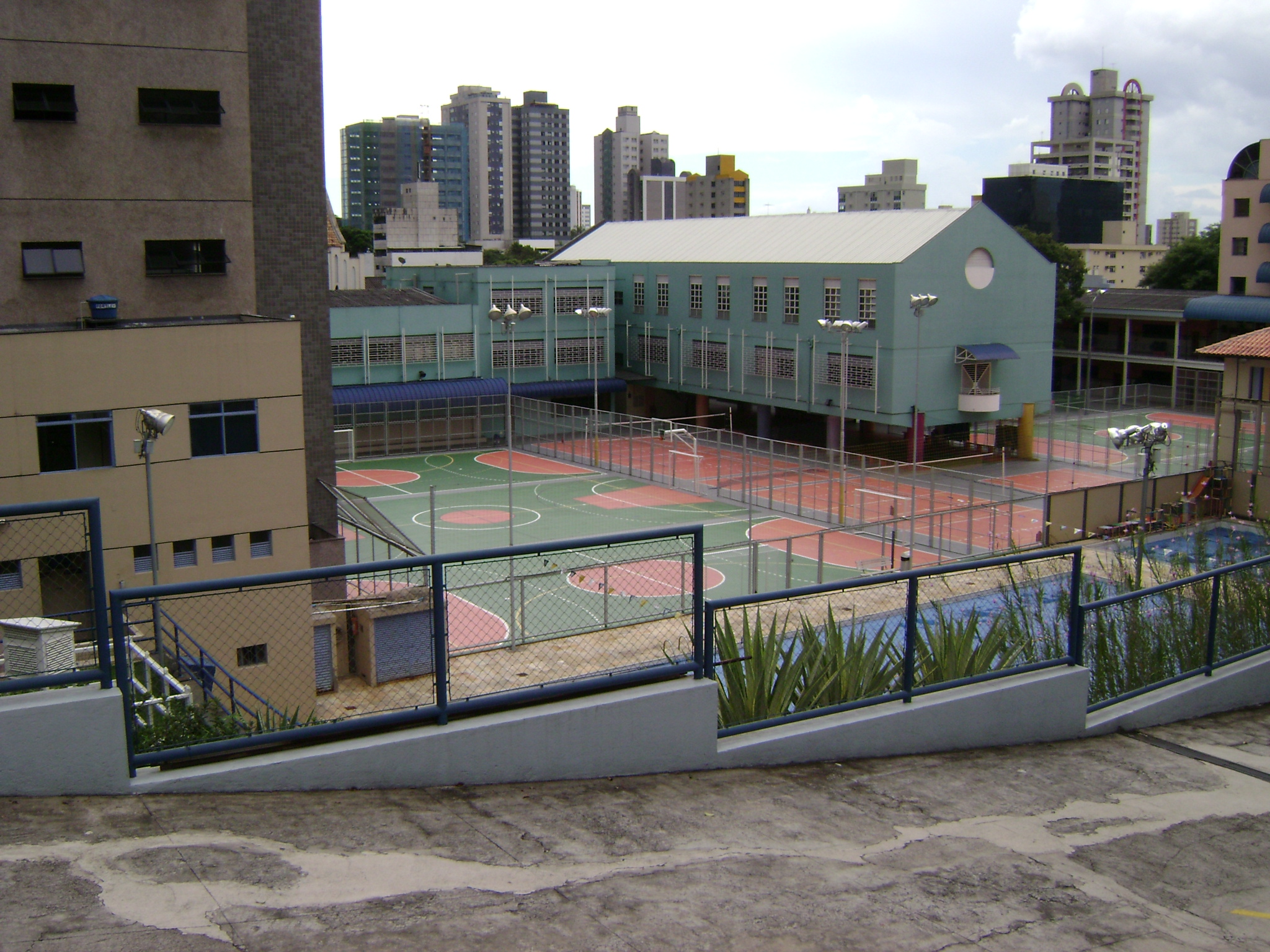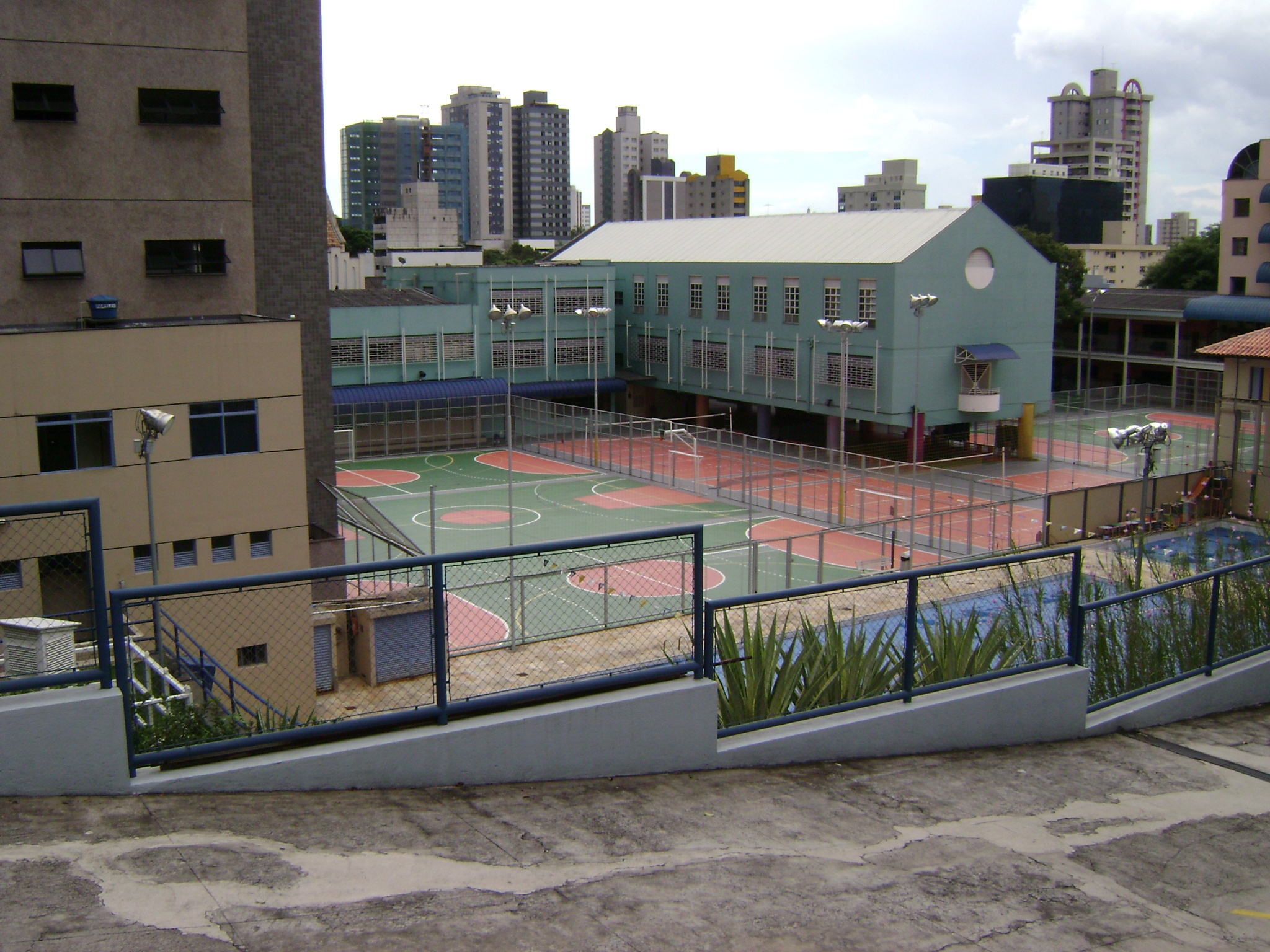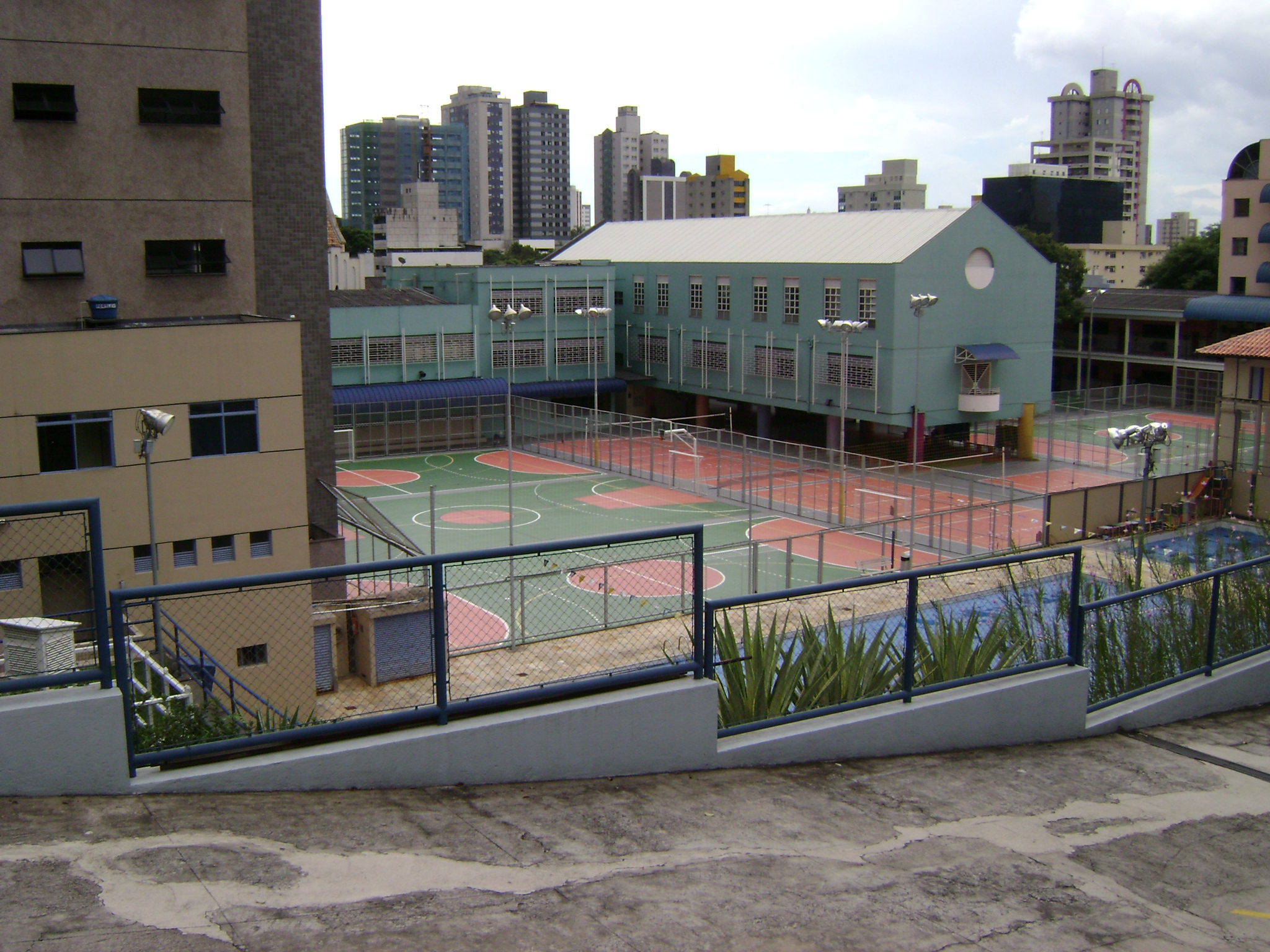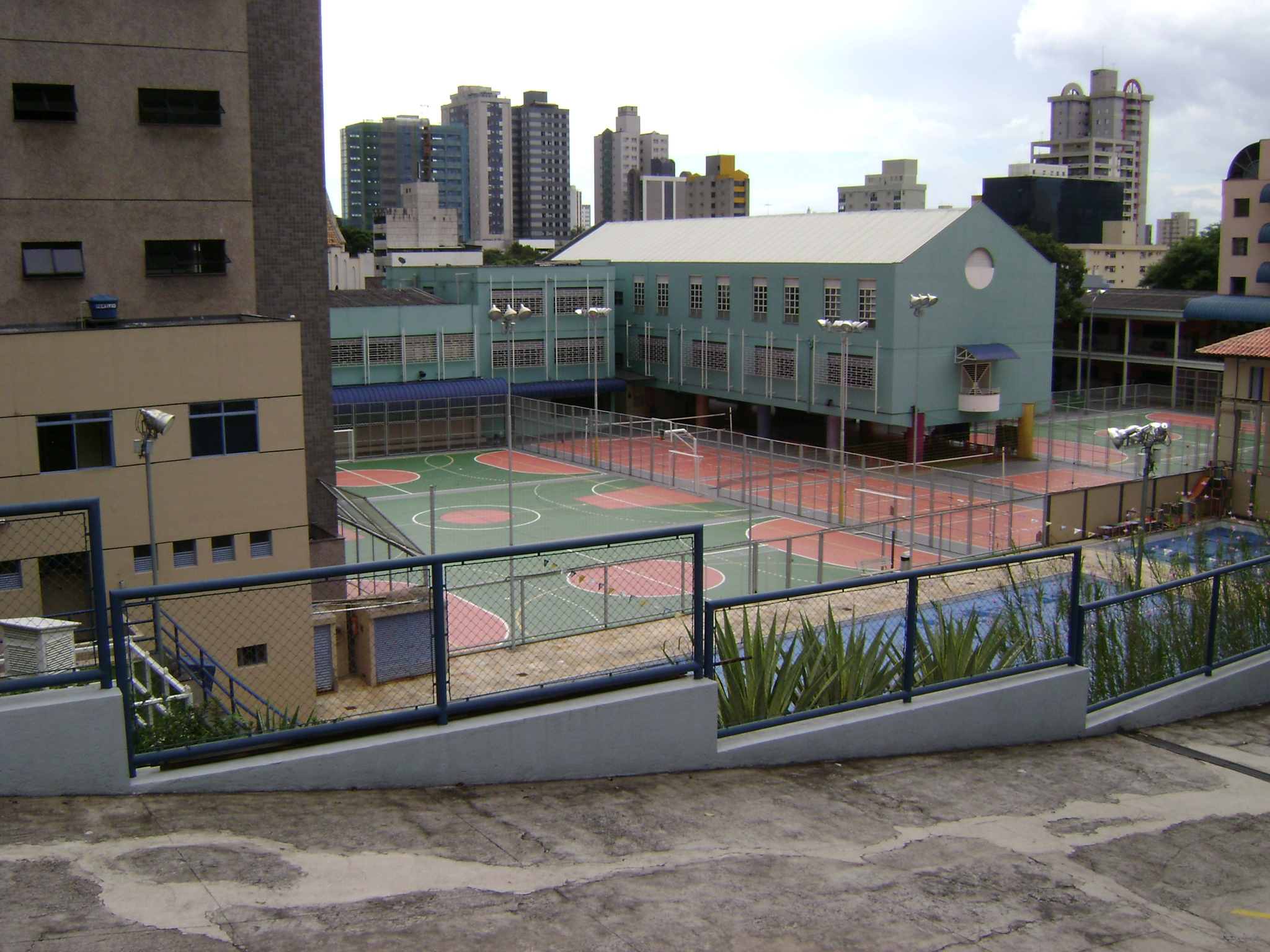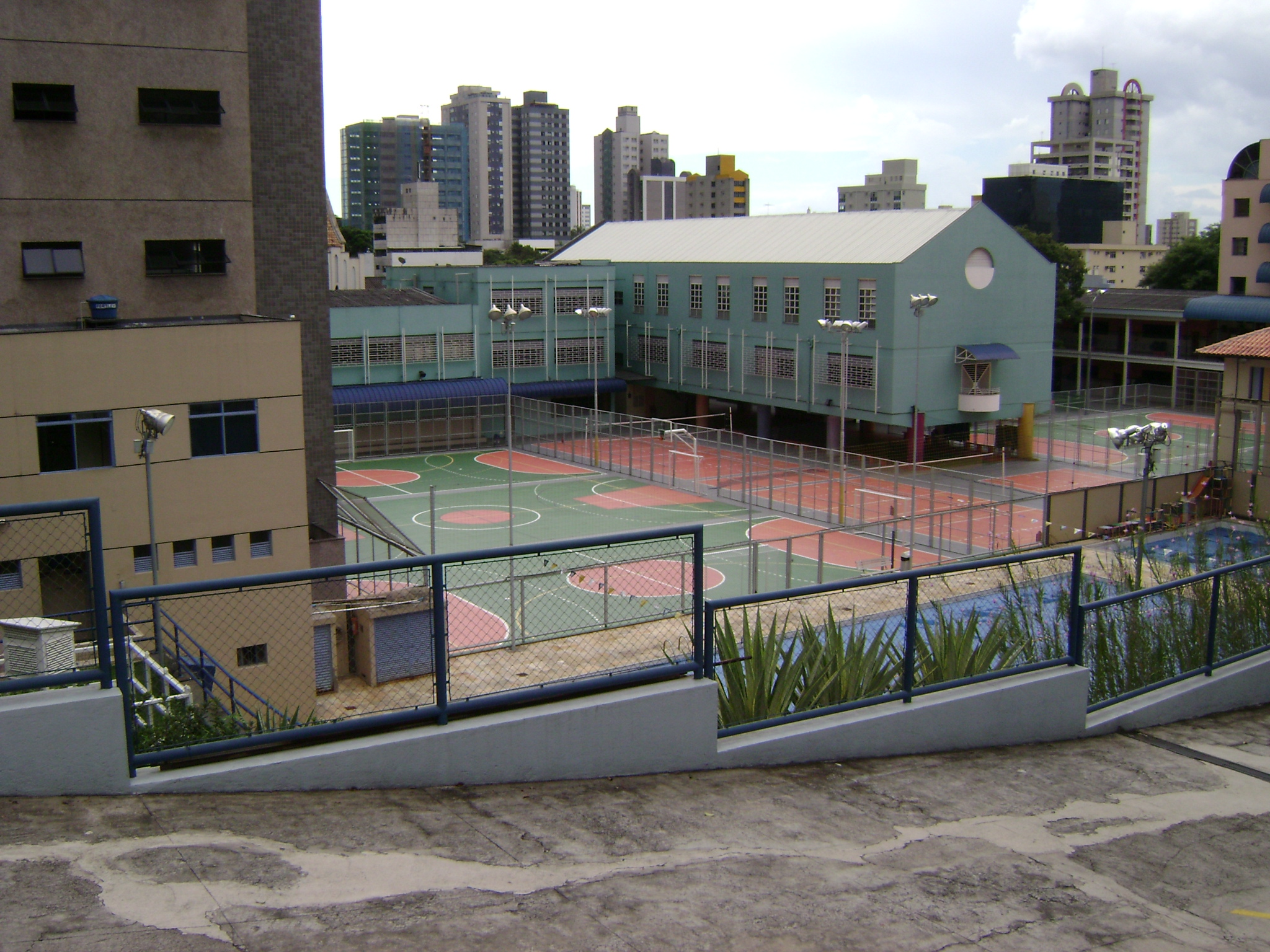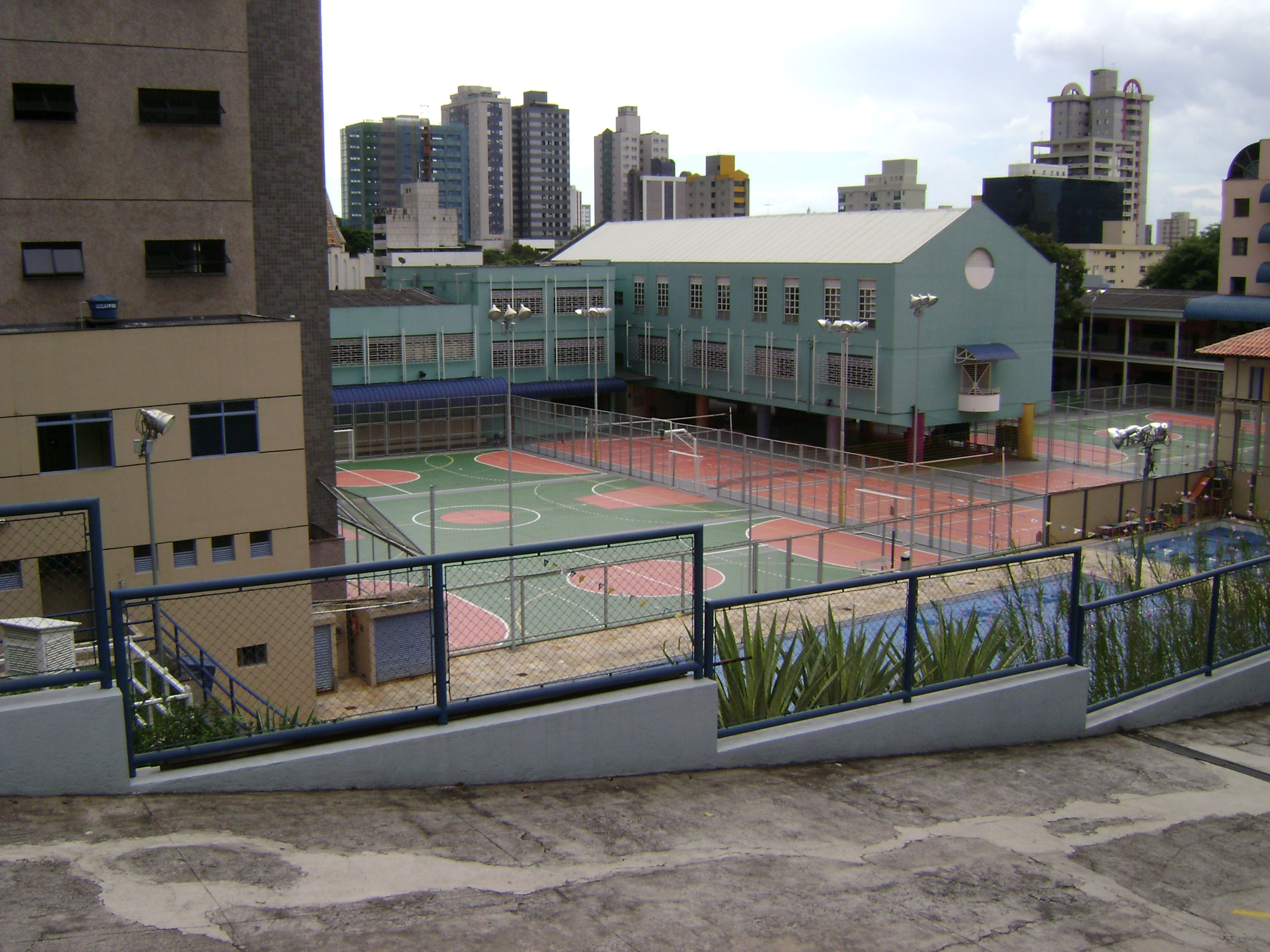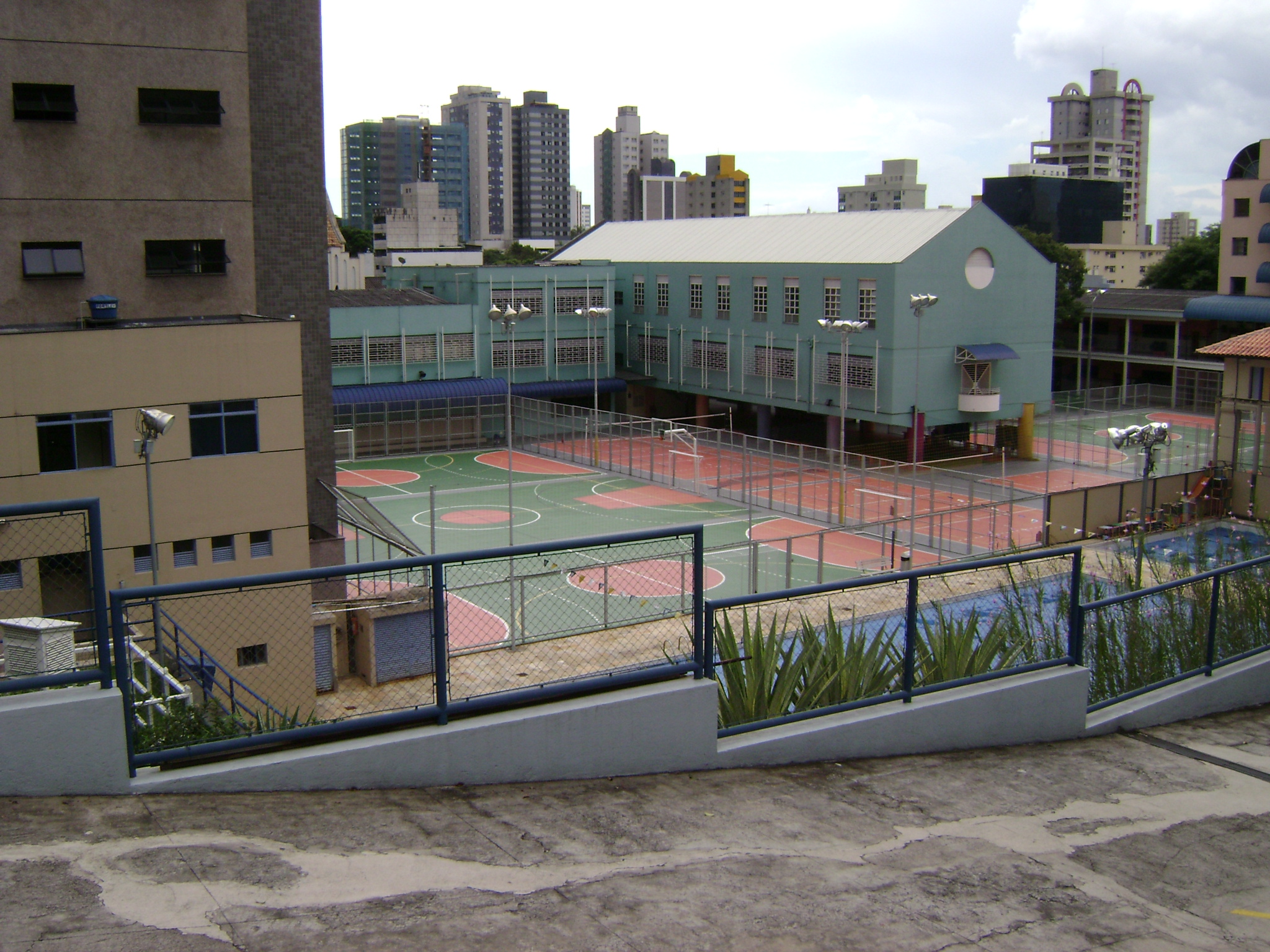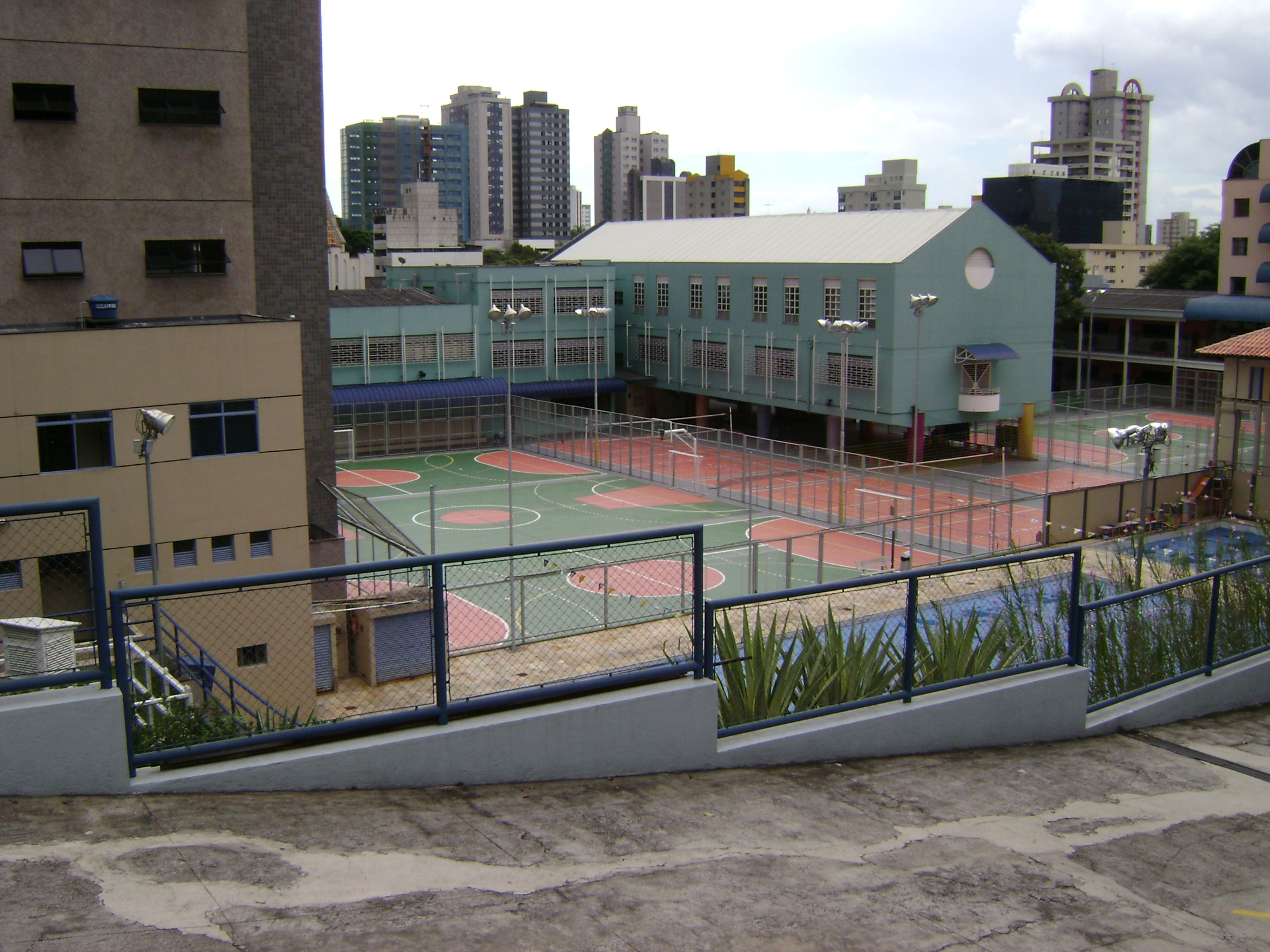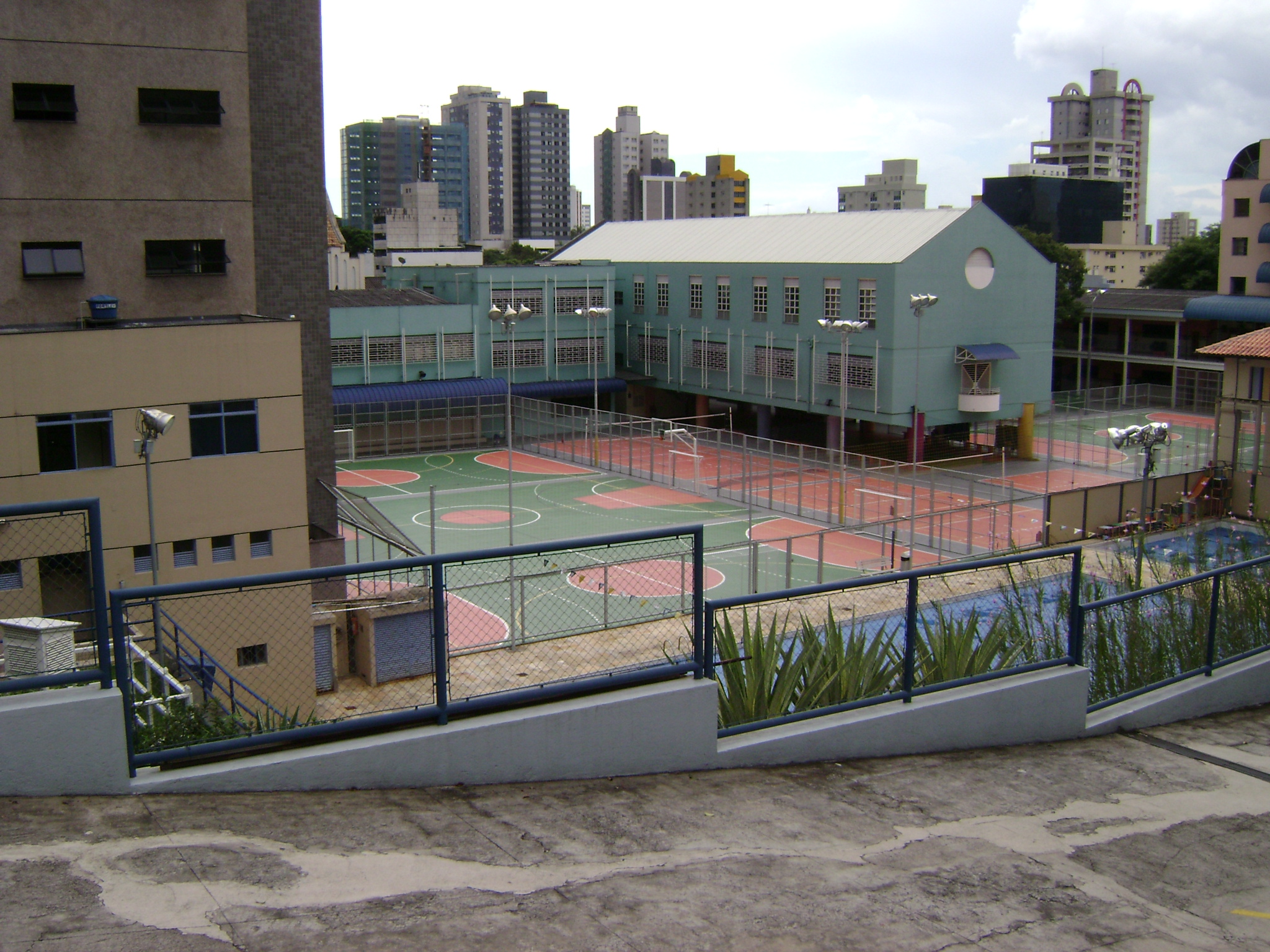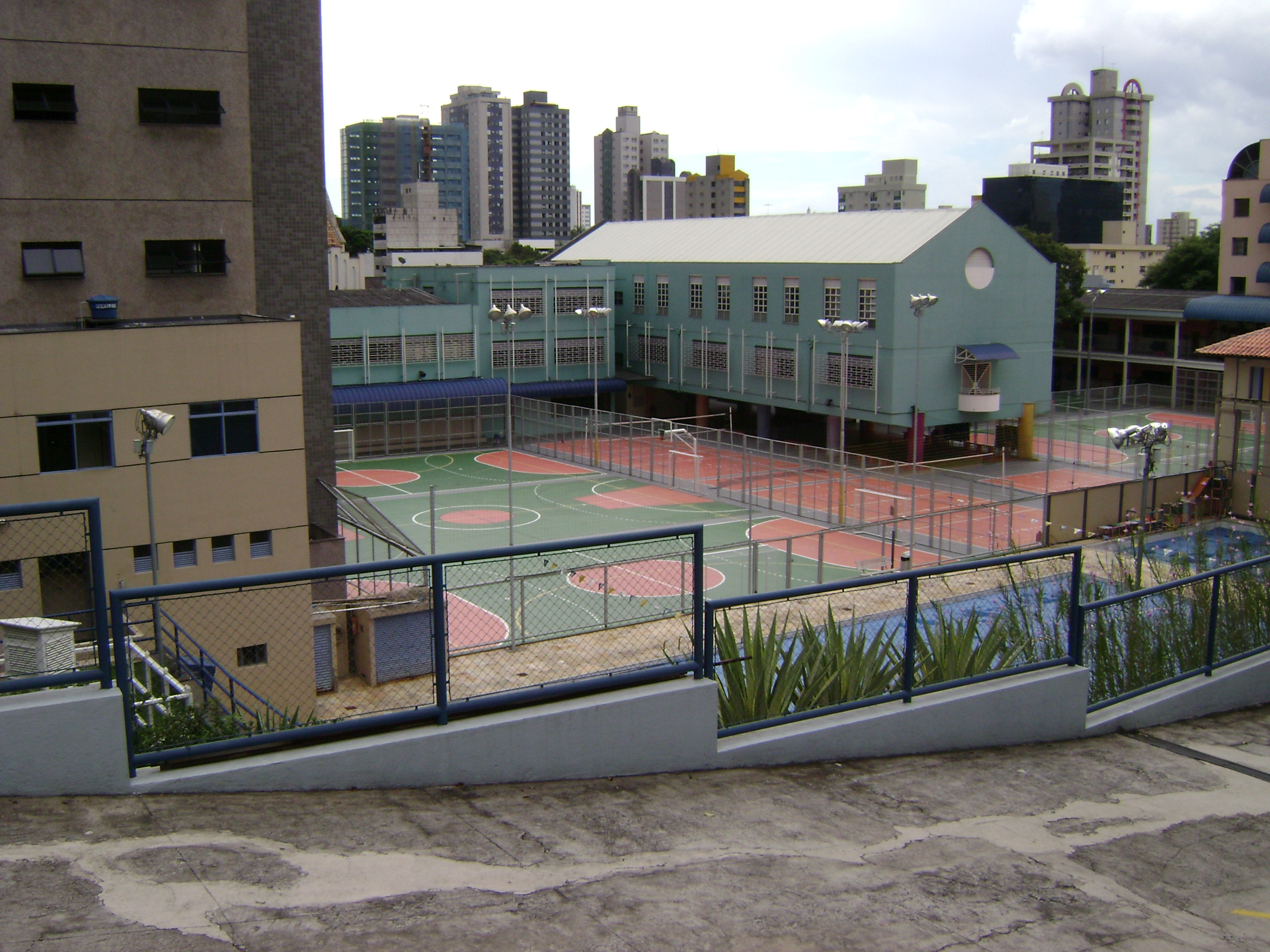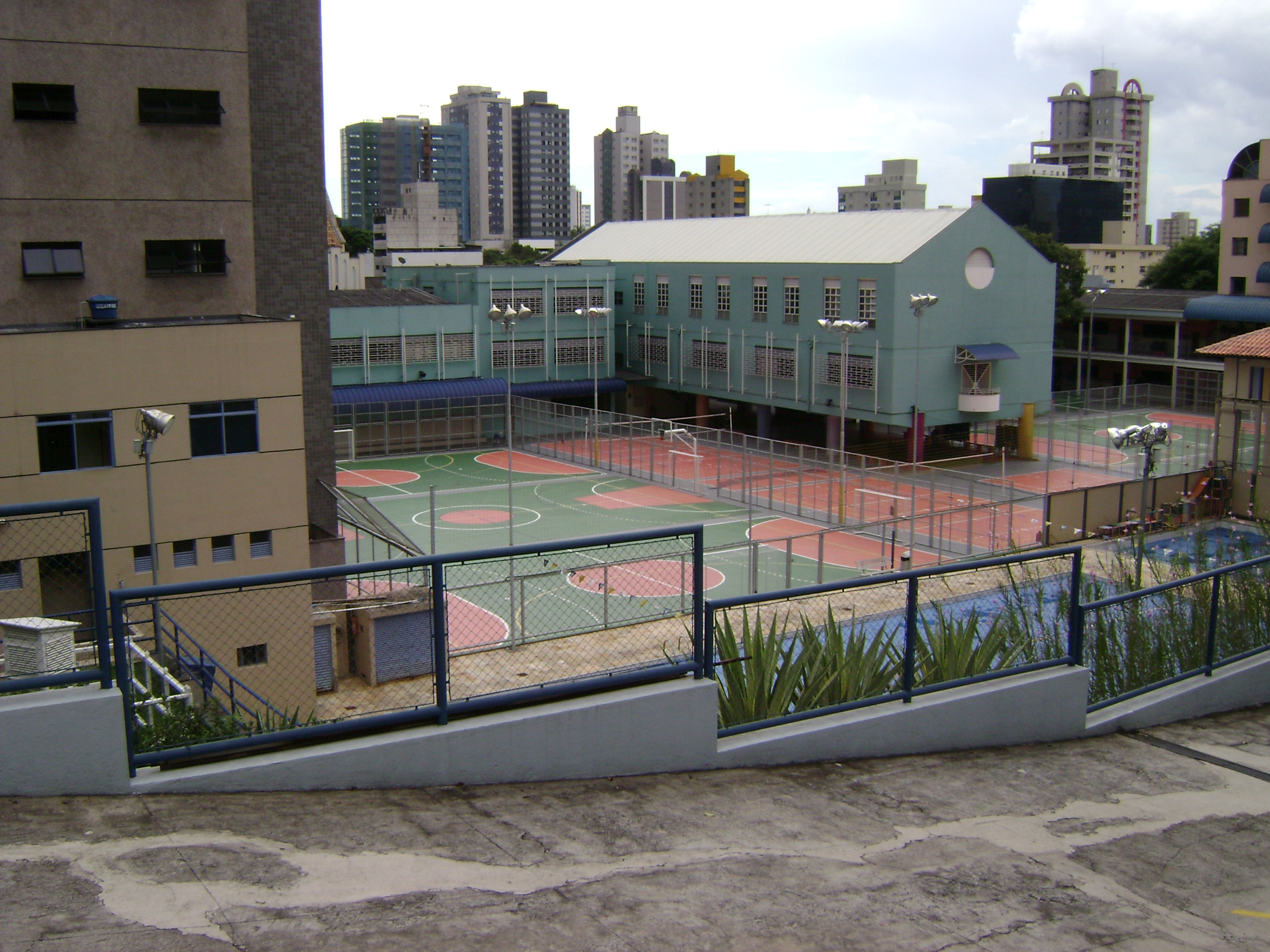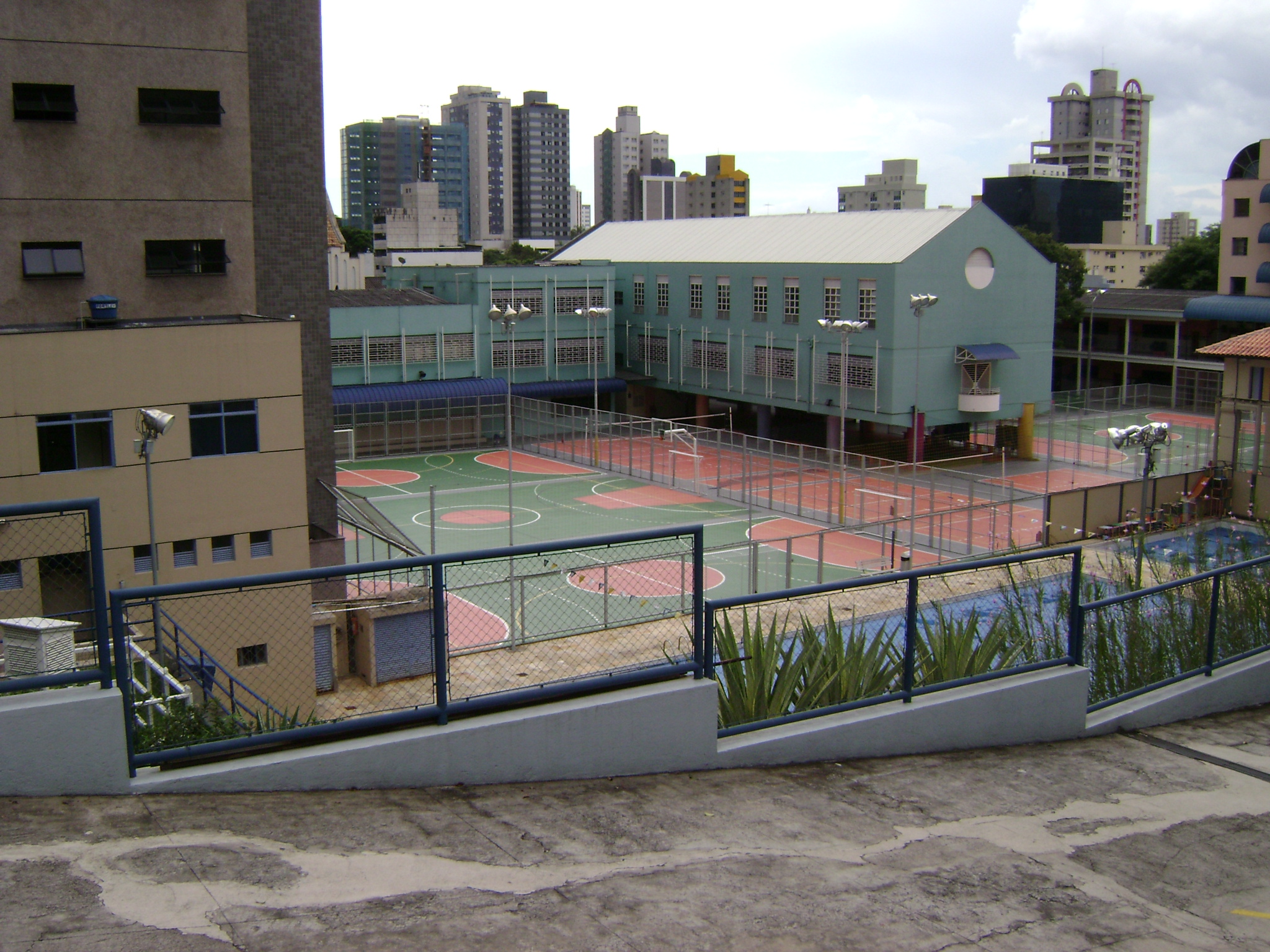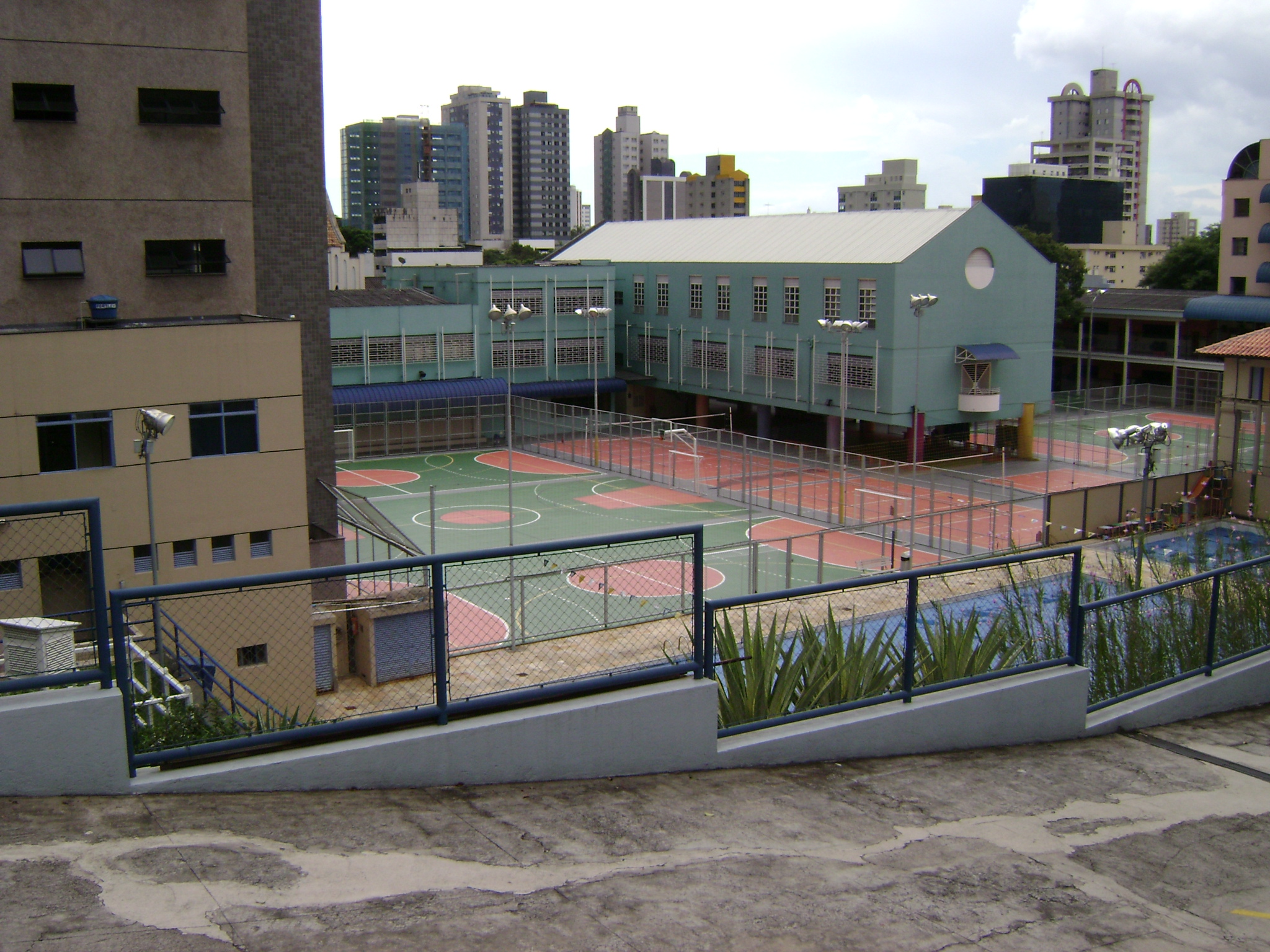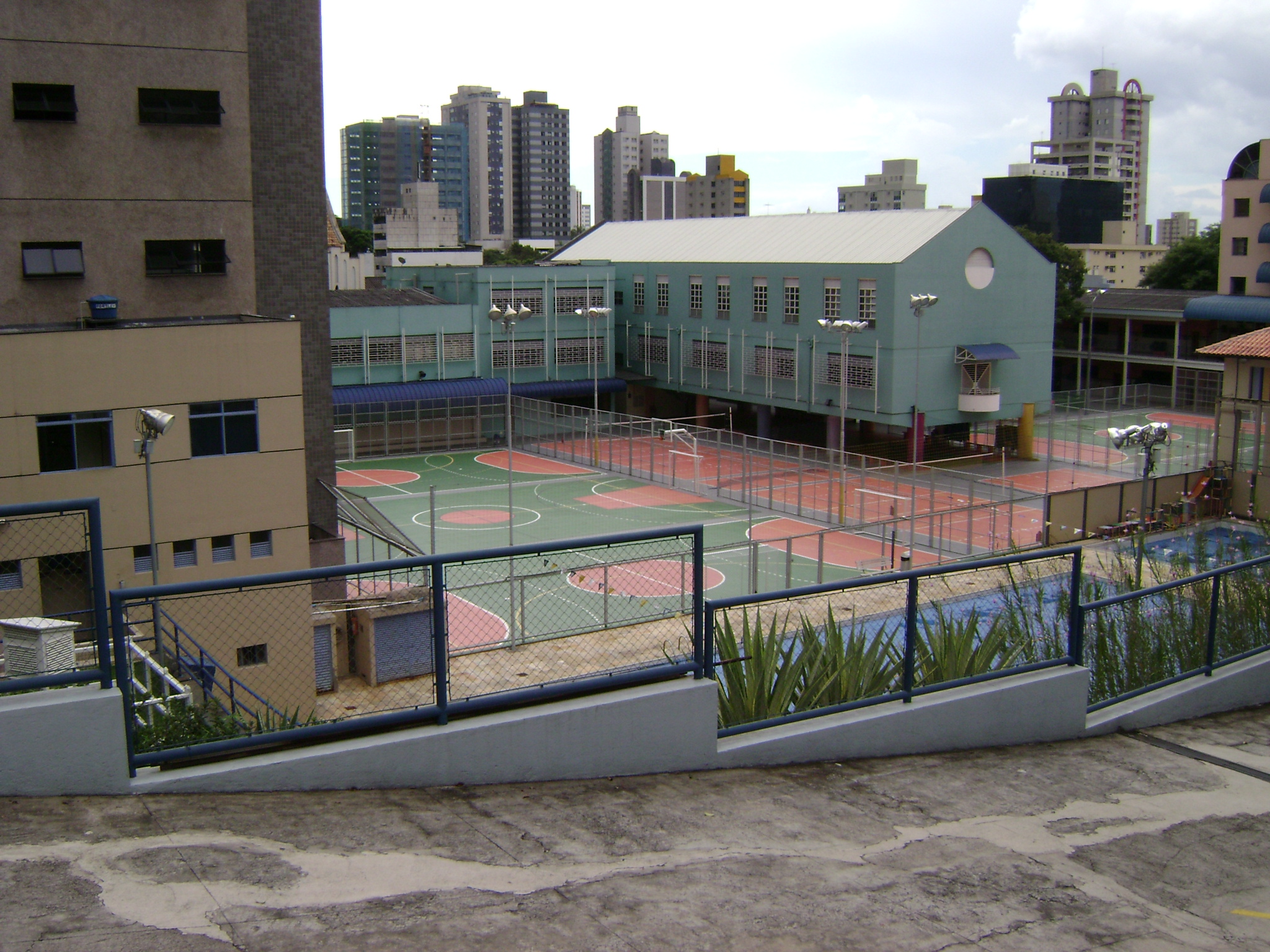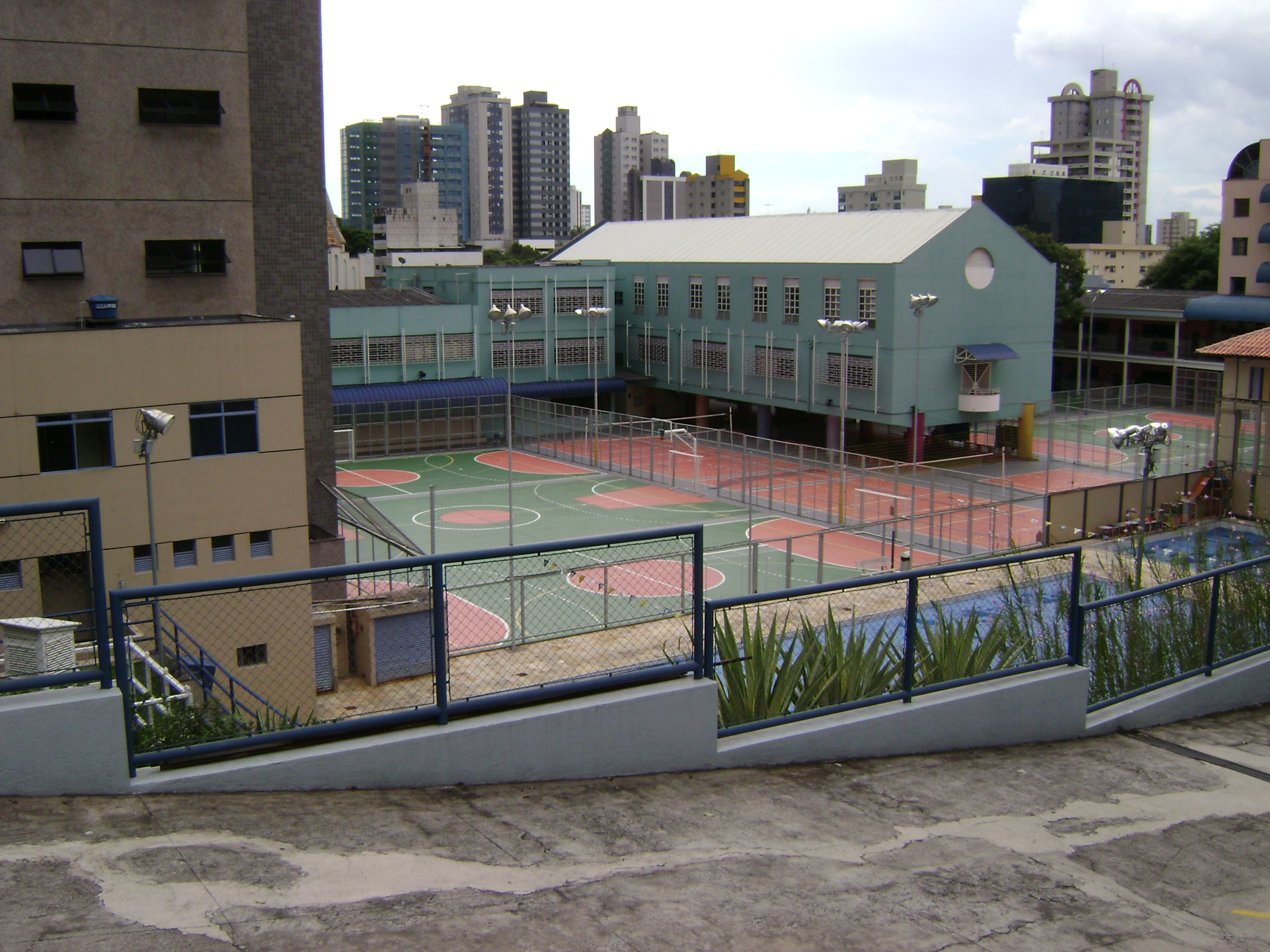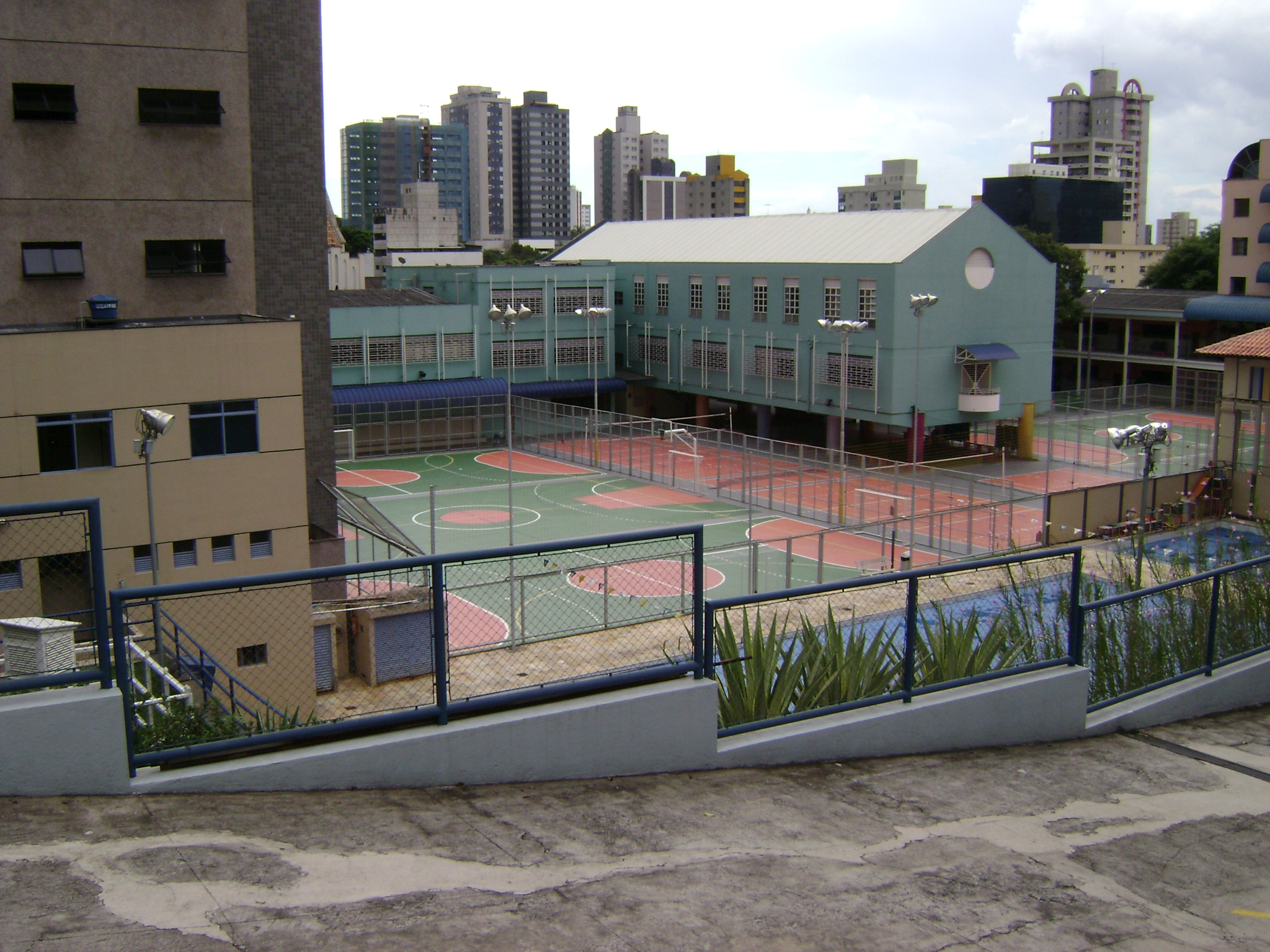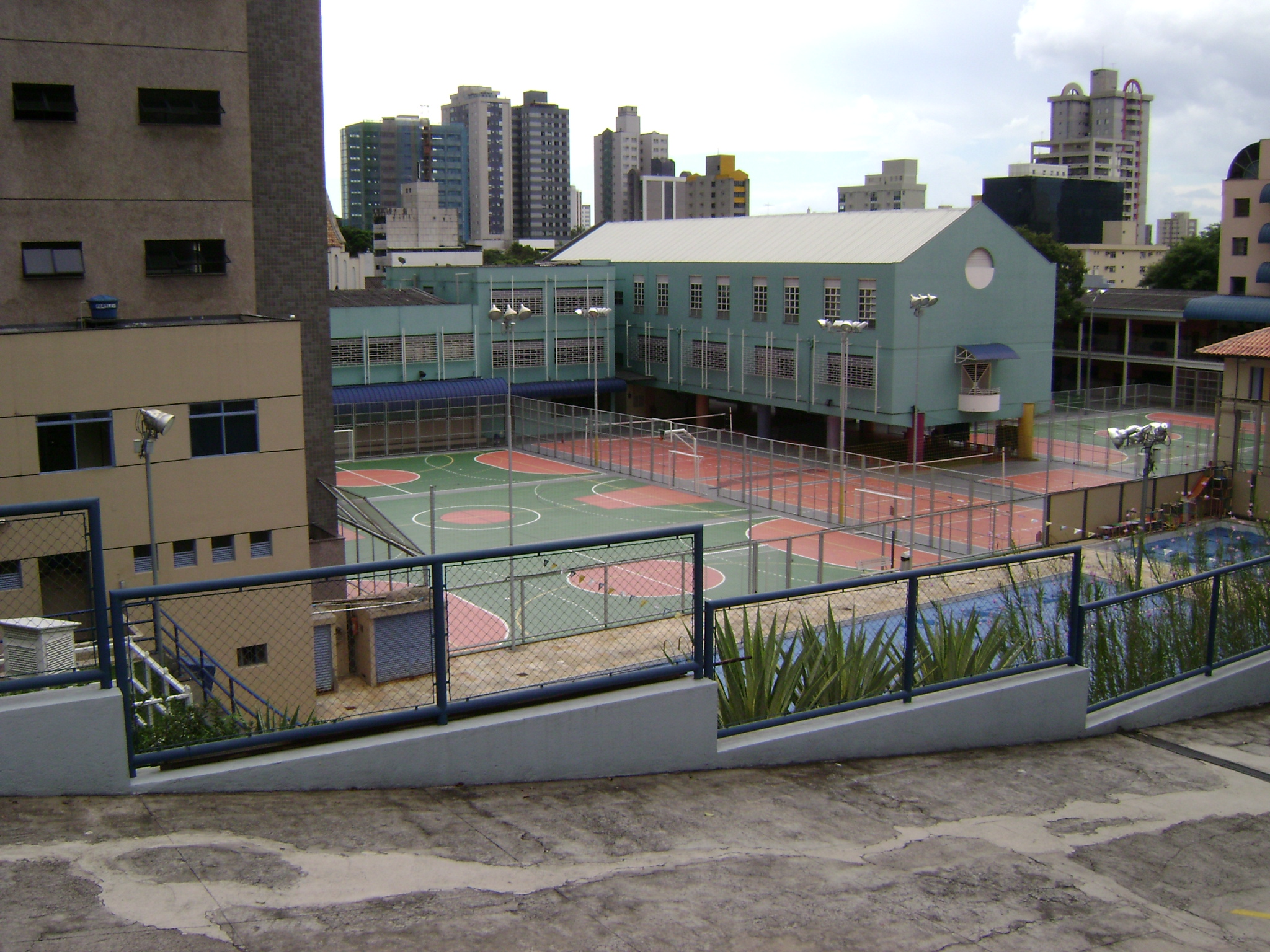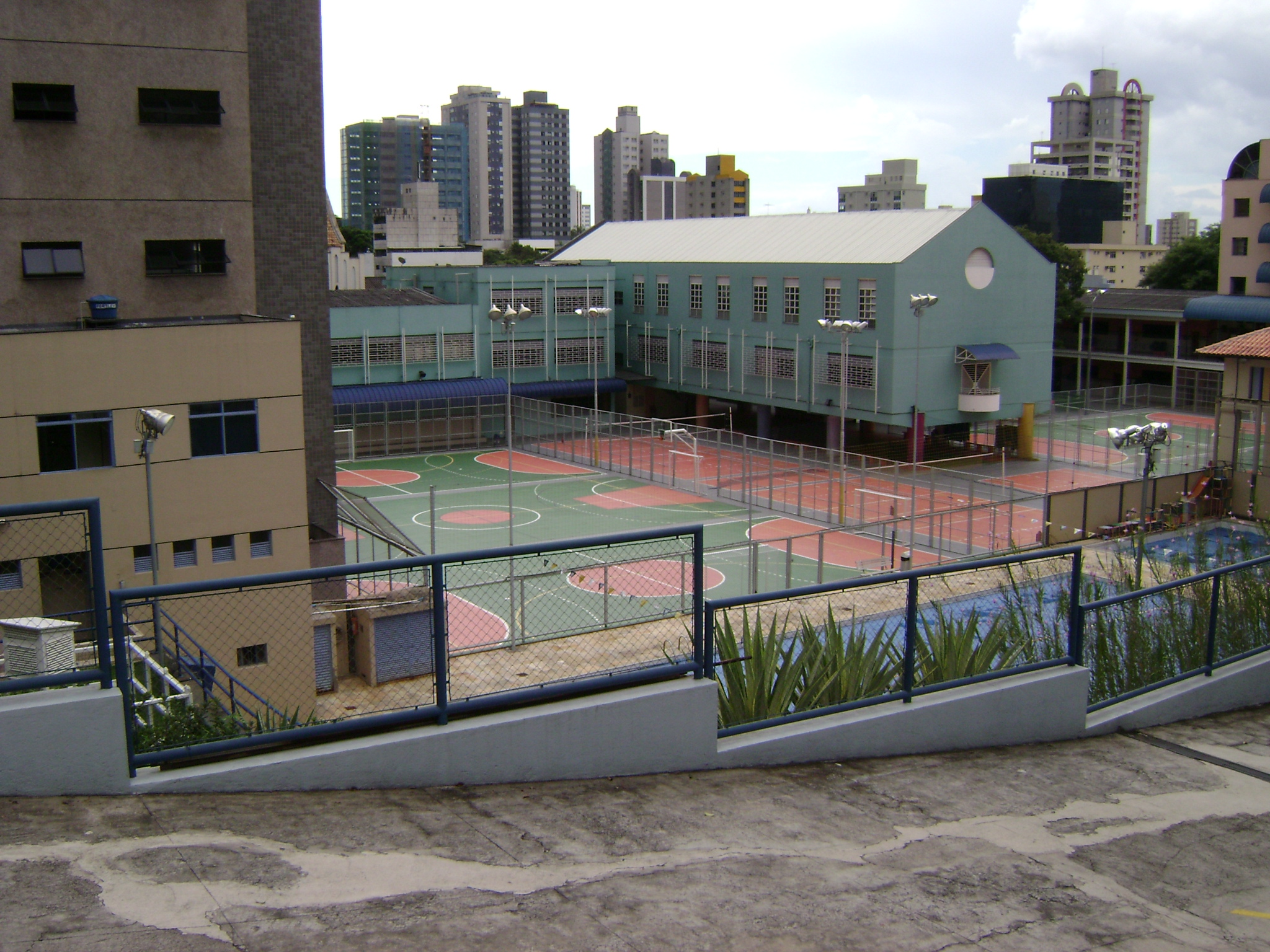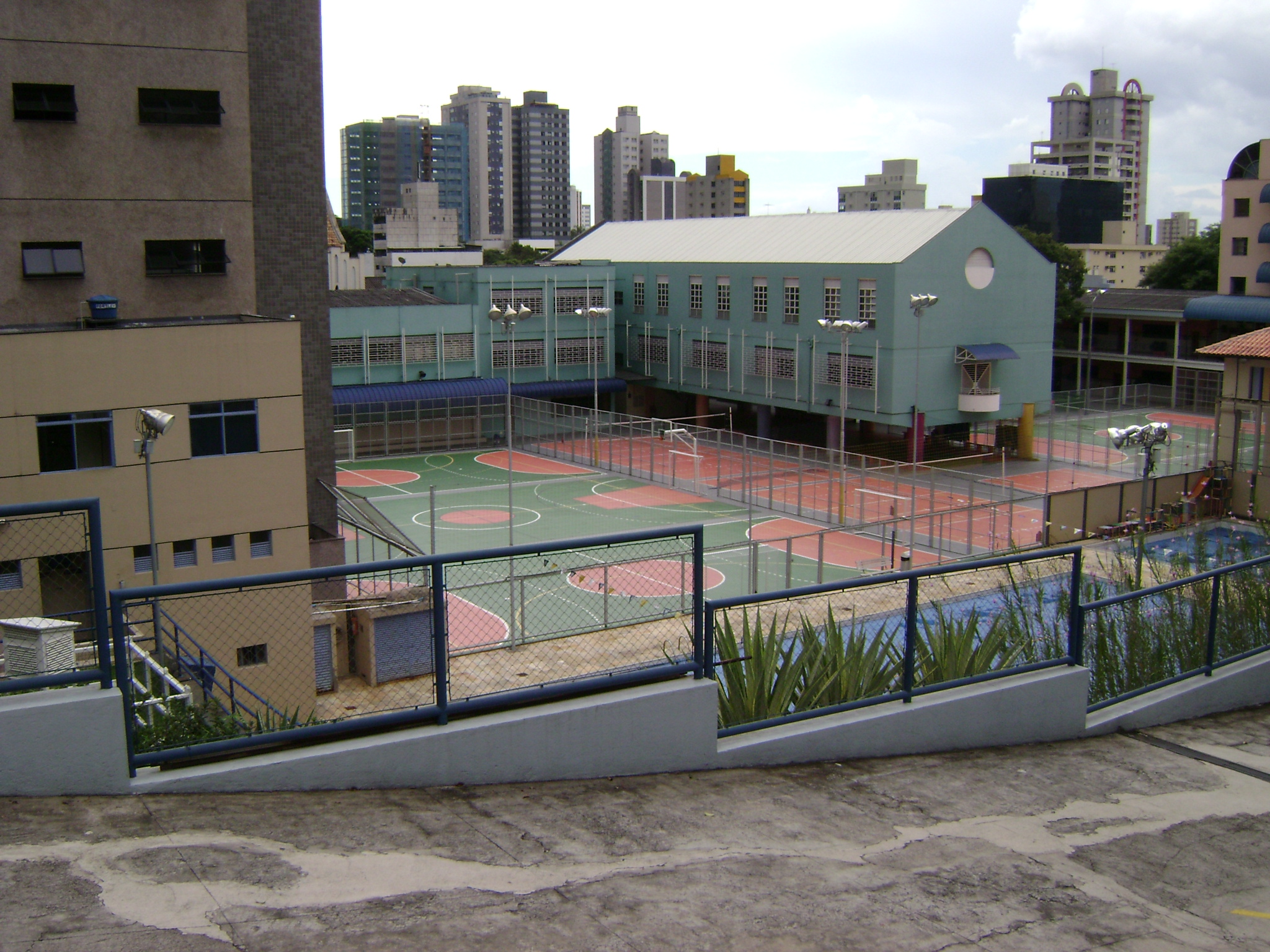Amateur sports clubs form the backbone of community recreation across the UK, providing essential sporting opportunities for people of all ages and abilities. From local football teams to cricket clubs, tennis associations to rugby sides, these organizations face unique risks that require specialized insurance coverage. Understanding the insurance landscape for amateur sports clubs is crucial for protecting your organization, members, and financial stability.
Understanding Amateur Sports Club Insurance
Amateur sports club insurance is a specialized form of coverage designed specifically for non-professional sporting organizations. Unlike commercial sports venues or professional teams, amateur clubs operate with limited budgets, volunteer management, and community-focused objectives. This creates a unique risk profile that standard business insurance policies cannot adequately address.
The insurance needs of amateur sports clubs vary significantly depending on the sport, facilities used, membership size, and activities undertaken. A village cricket club with its own pavilion faces different risks than a running club that uses public spaces, while a rugby club with bar facilities has additional considerations compared to a tennis club operating from rented courts.
Core Coverage Areas for Amateur Sports Club Insurance
Public Liability Insurance
Public liability insurance forms the foundation of amateur sports club protection. This coverage protects against claims from third parties who suffer injury or property damage during club activities. For sports clubs, this is particularly important as spectators, visiting teams, and members of the public may be present during training sessions and matches. Claims can arise from various scenarios, including balls hitting spectators, injuries caused by poorly maintained facilities, or accidents involving club equipment.
Employers Liability Insurance
Employers liability insurance becomes essential when clubs employ staff, even on a part-time or casual basis. This includes groundskeepers, coaches, bar staff, or administrative personnel. The coverage protects against claims from employees who suffer work-related injuries or illnesses. Even clubs that rely primarily on volunteers should consider this coverage, as the legal distinction between volunteers and employees can be complex.
Property Insurance
Property insurance protects club assets including buildings, equipment, and contents. For clubs with their own facilities, this coverage is vital for protecting pavilions, clubhouses, changing rooms, and storage areas. Equipment coverage extends to sporting goods, maintenance tools, and specialized items like scoreboards or nets. Many amateur clubs have significant investments in equipment that would be costly to replace following theft, vandalism, or accidental damage.
Professional Indemnity Insurance
Professional indemnity insurance provides protection for clubs offering coaching services or sports instruction. This coverage addresses claims arising from alleged negligence in professional services, including inadequate coaching leading to injury or failure to provide promised training standards. As amateur clubs increasingly offer structured coaching programs, this coverage becomes more relevant.
Sport-Specific Risk Considerations
Different sports present varying risk profiles that influence insurance requirements and premiums. Contact sports like rugby and football carry higher injury risks, particularly for players but also for spectators who might be struck by balls or involved in crowd-related incidents. These sports typically require higher public liability limits and may face premium loadings.
Cricket clubs face unique risks from hard balls traveling at high speeds, potentially causing serious injury to players, officials, or spectators. The traditional cricket tea and social aspects also introduce food safety considerations and additional public liability exposures.
Tennis and racquet sports clubs deal with risks from fast-moving balls and equipment, while the social club aspects common to many tennis organizations add hospitality-related exposures. Court surface conditions and maintenance standards significantly impact slip and fall risks.
Athletics clubs and running groups face different challenges, often using public spaces or roads for training and events. This creates complex liability scenarios and requires careful consideration of coverage territories and activities.
Facility and Venue Considerations
Clubs operating from their own facilities face comprehensive property risks requiring detailed coverage consideration. Buildings insurance must account for the specific construction and usage patterns of sports facilities, including seasonal variations in occupancy and the impact of weather on outdoor facilities.
Grounds and playing surface coverage addresses the significant costs associated with repairing or replacing damaged pitches, courts, or tracks. Weather damage, vandalism, and wear-and-tear issues can result in substantial repair costs that threaten club finances.
Clubs using hired or rented facilities have different insurance needs, focusing more on equipment and third-party liability while relying on venue owners for property coverage. However, clubs should verify that hired venue insurance adequately covers club activities and consider additional coverage for gaps.
Equipment and Asset Protection
Sports equipment represents a significant investment for most amateur clubs, from basic training gear to specialized items like cricket sight screens or rugby posts. Theft coverage is particularly important as sports equipment is often stored in relatively insecure facilities and is attractive to thieves due to its portability and resale value.
Accidental damage coverage protects against the inevitable wear and tear of active sports participation, while also covering unexpected damage from weather, vandalism, or misuse. Clubs should carefully consider coverage limits and replacement cost provisions to ensure adequate protection.
Transit coverage becomes important for clubs that transport equipment to away fixtures or training venues. This specialized coverage addresses risks during loading, transport, and unloading of club property.
Member and Participant Coverage
While amateur sports clubs cannot provide comprehensive medical insurance for all participants, certain coverage options can supplement individual arrangements. Personal accident insurance can provide fixed benefits for specific injuries, helping members with immediate costs while other insurance or healthcare provisions are activated.
Coverage for visiting players and officials extends protection beyond club members to include those participating in club activities. This is particularly important for clubs hosting tournaments or leagues involving multiple organizations.
Event and Competition Insurance
Many amateur sports clubs organize tournaments, competitions, or social events that create additional insurance requirements. Event-specific coverage can address the elevated risks associated with larger gatherings, including increased public liability exposures and potential cancellation costs.
Weather-related cancellation coverage helps protect clubs against financial losses when outdoor events must be postponed or cancelled due to adverse conditions. This coverage can include lost gate receipts, catering costs, and other non-recoverable expenses.
Volunteer and Management Protection
Amateur sports clubs rely heavily on volunteer management and committee members who may face personal liability for their roles in club governance. Management liability insurance protects these individuals against claims arising from their decision-making responsibilities.
Volunteer accident insurance provides additional protection for those giving their time to support club activities, recognizing that standard personal insurance may not adequately cover voluntary activities.
Financial Protection and Business Interruption
Business interruption insurance helps amateur sports clubs maintain financial stability when operations are disrupted by insured events. This coverage can address ongoing expenses like facility rental, loan payments, and essential services when normal club activities cannot continue.
Loss of income coverage protects against reduced membership fees, cancelled events, or other revenue disruptions that could threaten club viability. This is particularly important for clubs with significant fixed costs or seasonal revenue patterns.
Cyber and Data Protection
Modern amateur sports clubs increasingly rely on digital systems for membership management, communications, and financial transactions. Cyber insurance addresses risks from data breaches, system failures, and cyber attacks that could compromise member information or disrupt club operations.
GDPR compliance considerations require clubs to protect member data appropriately, with potential fines and legal costs arising from data protection failures. Specialized coverage can help manage these evolving risks.
Legal Expenses and Defense Costs
Legal expenses insurance provides access to legal advice and representation for various scenarios affecting amateur sports clubs. This can include employment disputes, contract disagreements, regulatory investigations, or defense against liability claims.
The coverage typically includes both legal costs and potential awards, helping clubs manage the financial impact of legal proceedings that could otherwise threaten their existence.
Risk Management and Loss Prevention
Effective risk management significantly impacts both insurance costs and claim frequency for amateur sports clubs. Regular facility inspections, proper maintenance schedules, and documented safety procedures demonstrate commitment to loss prevention and can result in premium reductions.
Training programs for volunteers and members help reduce accident risks while creating a culture of safety awareness. Many insurers offer risk management resources and may provide premium discounts for clubs demonstrating effective safety practices.
Choosing the Right Insurance Provider
Selecting an appropriate insurance provider for amateur sports club coverage requires careful consideration of several factors. Specialist sports insurers often provide better coverage terms and pricing than general commercial insurers, as they understand the unique risks and operational characteristics of sports organizations.
Claims handling expertise becomes crucial when incidents occur, as sports-related claims can be complex and require specialized knowledge. Providers with experience in amateur sports claims can offer more effective resolution and support during difficult periods.
Cost Considerations and Budgeting
Insurance costs for amateur sports clubs vary significantly based on sport type, facility ownership, membership size, and coverage selections. Clubs should budget appropriately for insurance as an essential operational expense rather than treating it as an optional cost.
Premium financing options can help clubs manage cash flow by spreading insurance costs throughout the year rather than requiring large upfront payments. This is particularly beneficial for clubs with seasonal revenue patterns.
Claims Management and Procedures
Understanding claims procedures and maintaining proper documentation helps ensure smooth claims resolution when incidents occur. Clubs should establish clear incident reporting procedures and ensure key personnel understand their responsibilities following accidents or damage.
Prompt notification requirements mean clubs must contact insurers quickly following incidents, even when the full extent of damage or liability is not immediately clear. Delayed notification can result in coverage complications or claim denials.
Regulatory Compliance and Standards
Amateur sports clubs must comply with various regulatory requirements that can impact insurance needs. Health and safety regulations, data protection laws, and sport-specific governance requirements all create potential liability exposures that appropriate insurance can help manage.
National governing body requirements often include minimum insurance standards that clubs must meet to maintain membership or participate in organized competitions. Understanding these requirements ensures clubs maintain appropriate coverage levels.
Future Considerations and Emerging Risks
The amateur sports landscape continues evolving, with new risks emerging from changing participation patterns, facility usage, and societal expectations. Climate change impacts on outdoor sports, increasing litigation awareness, and evolving technology use all influence future insurance requirements.
Clubs should regularly review their insurance arrangements to ensure coverage remains appropriate as circumstances change. Annual reviews with insurance professionals help identify coverage gaps and ensure adequate protection as clubs develop and grow.
Conclusion
Amateur sports club insurance represents a critical investment in organizational sustainability and member protection. By understanding the various coverage options and risk factors, clubs can make informed decisions that provide appropriate protection while managing costs effectively. The key lies in working with experienced insurance professionals who understand the unique challenges facing amateur sports organizations and can provide tailored solutions that support long-term success.


 0330 127 2333
0330 127 2333
